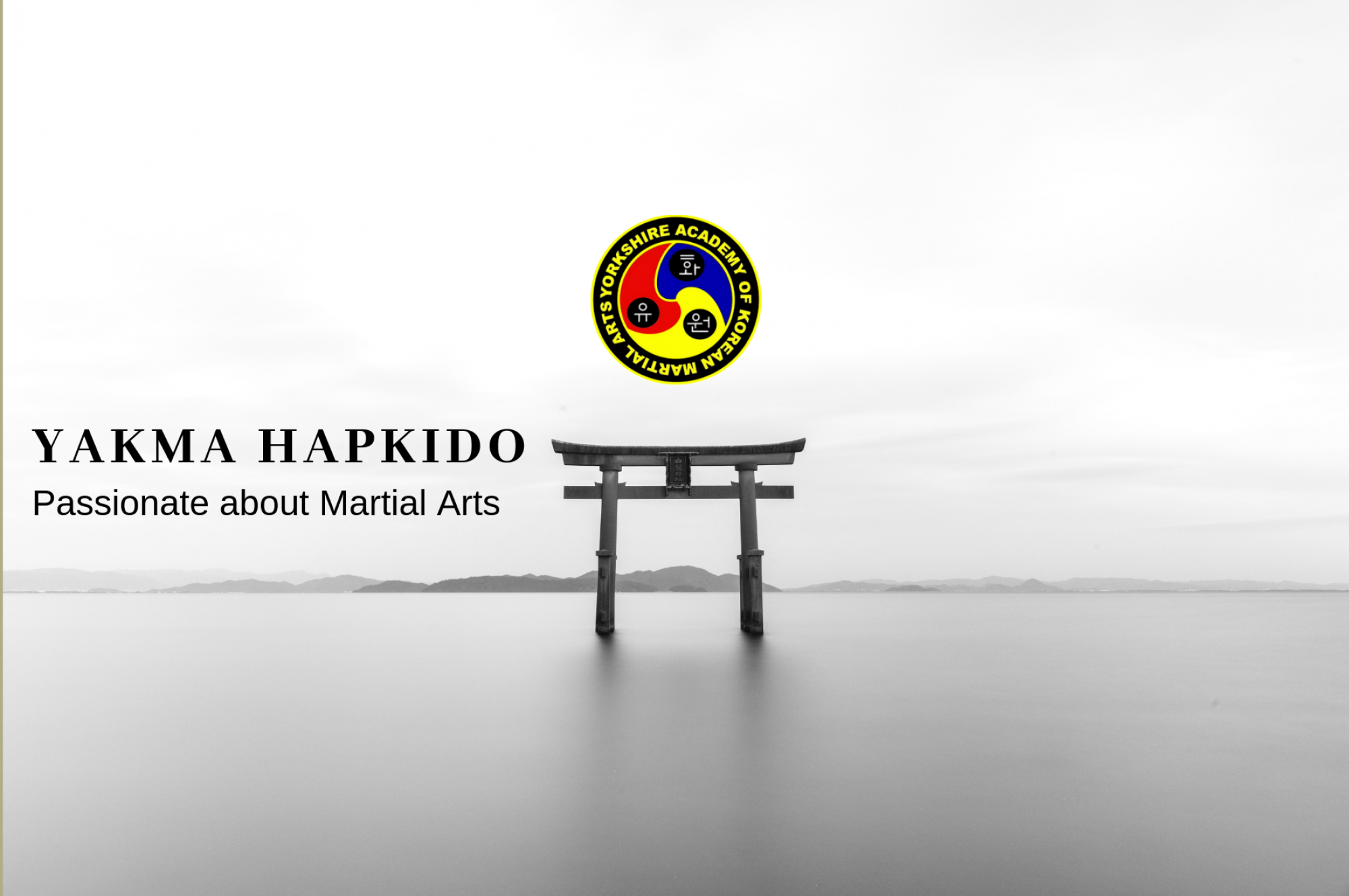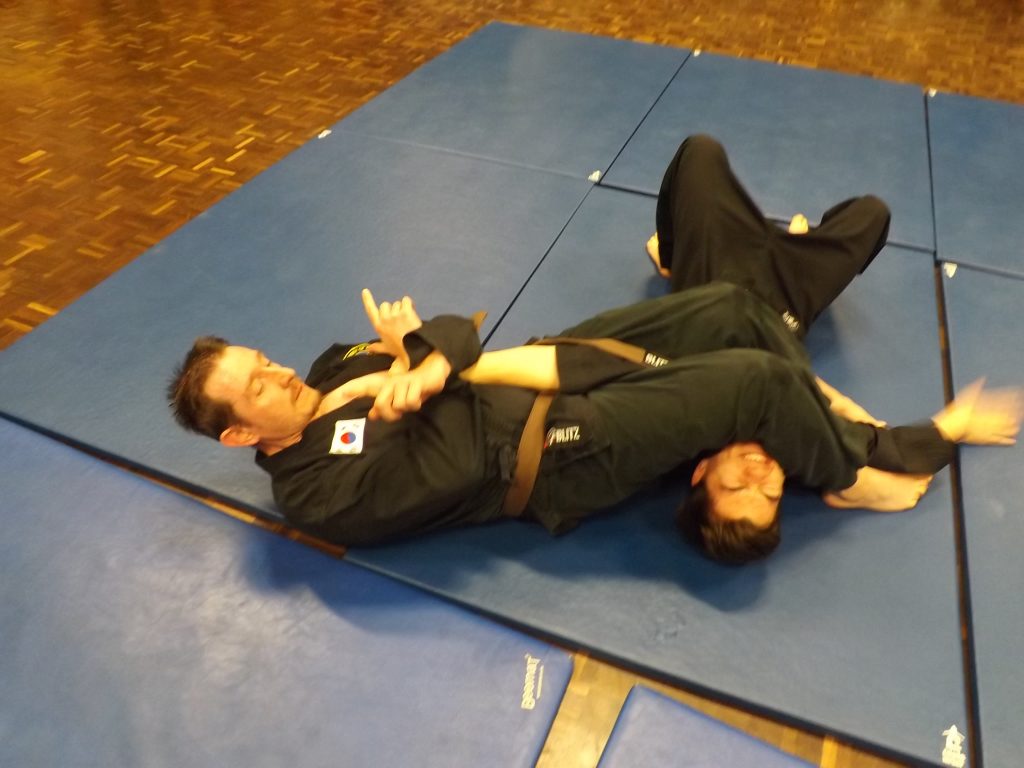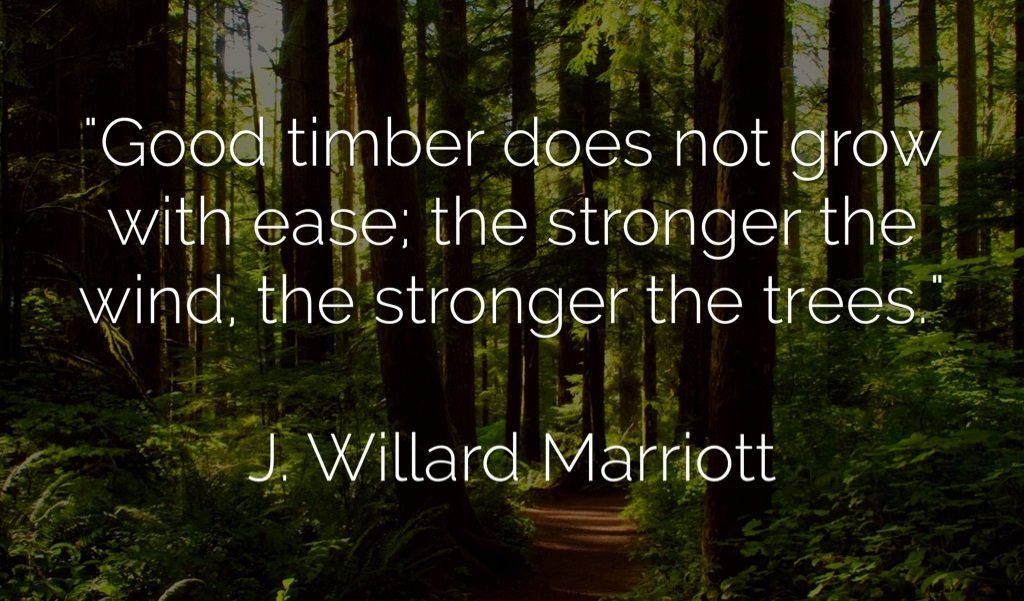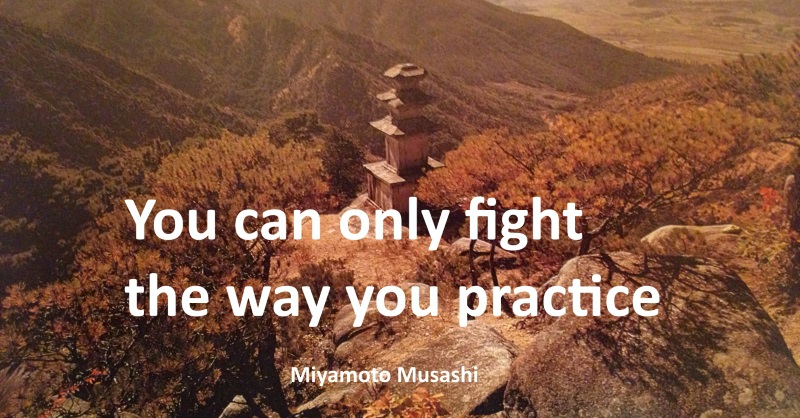
Building on firm foundations
Many years ago when I trained in Wado Ryu Karate the first half of the lesson was spent repeating the same punches, kicks and blocks. After that it was time to learn a new technique or perhaps spar. Whatever the second half of the lesson held the first section was spent covering basics whatever grade you were.
From day one attitude was emphasised. “Don’t lean on walls.” “If you get knocked down get straight back up”. “When you’ve done your press ups jump up, don’t lie there like a dead starfish”.
The basic techniques and good attitude were reinforced every week.
These solid foundations were the blocks that we built on as we progressed through the syllabus.
A few months ago I taught a beginners class a new technique. I was walking round making sure everybody had it right when a student called out “Right, got that Sir”. He obviously thought after getting the feel of the move for 2 minutes it was time to move on to the next one. Many times in junior classes I will tell them to practice and after a minute or two someone will shout out, “I’ve done that ten times Sir”.
It’s normal to see beginners wanting to move onto the flashier techniques they see the more advanced grades performing. But first of all the basics must be mastered. This will also teach them one of their first martial arts lessons: Patience.
Basics are often under rated. On their own they can be very useful self defence tools. Consistently practicing the basics will also give you the building blocks such as balance, strength and coordination to name a few. These assets are all necessary to learn the more advanced techniques.
Other side benefits of constant repetition week after the week are a healthy dose of mental discipline, improved focus and concentration.
Back in the 70’s I practiced Karate. Virtually every lesson we would practice blocking full contact punches with our forearms as we moved up and down the dojo. I can’t remember the length of time we did this for but as I had bony forearms I do remember hating this painful part of the lesson. Each time we blocked we would breath out forcefully making an “usss” sound. Many years later my son asked me “Why do you always make that noise when you’re lifting something heavy?” I asked him what noise as I wasn’t aware that I was making one. He said “Usss”. Since then I have noticed that every time I make a real effort I subconsciously make the “Usss” sound. This to me proves the value of repetition when ingraining something.
The karate lessons were by nature repetitive and painful. In spite of this I would return every week as this was just the way things were. I would never in a million years have dreamed of approaching my instructor and asking “What practical purpose does this serve?” Or worse still “I know this we did it last week, why are we doing it again?”
After all this time I can still perform these blocks without thought even though they are not part of our Hapkido syllabus.
Johnny Nelson’s (former World Boxing Organisation cruiserweight champion) trainer once told me that Johnny practiced his footwork for an hour to an hour and a half in his training sessions. Even when he was World Champion he didn’t neglect his basics because he understood that no matter how good you are you should still continually reinforce your foundations.
In all the martial arts groups I have been a member of you had to train for a minimum of 5 years attending at least 2 lessons a week before you were considered for grading to black belt.
When I consider the complexity of the arts I practice and the repetition involved I think this is this is totally reasonable.
I had a mum approach me one evening who clearly wasn’t happy that gradings were so far apart. She told me that her son’s friend in another club was almost a black belt after two years training.
In my opinion if you want a black belt worth having and that you can be truly proud of you must be prepared to put the effort and time in. Time spent building and reinforcing the basics to create a solid base for your next techniques.
“Don’t complain about the results you didn’t get from the work you didn’t do”



